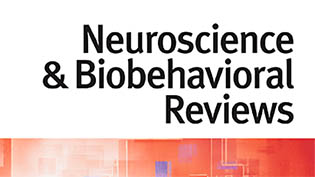Quantitative Prediction of Individual Psychopathology in Trauma Survivors Using Resting-State fMRI
Authors: Qiyong Gong, Lingjiang Li, Mingying Du, William Pettersson-Yeo, Nicolas Crossley, Xun Yang, Jing Li, Xiaoqi Huang, Andrea Mechelli*
Journal: Neuropsychopharmacology
DOI: 10.1038/npp.2013.251
Abstract: Neuroimaging techniques hold the promise that they may one day aid the clinical assessment of individual psychiatric patients. However, the vast majority of studies published so far have been based on average differences between groups. This study employed a multivariate approach to examine the potential of resting-state functional magnetic resonance imaging (MRI) data for making accurate predictions about psychopathology in survivors of the 2008 Sichuan earthquake at an individual level. Resting-state functional MRI data was acquired for 121 survivors of the 2008 Sichuan earthquake each of whom was assessed for symptoms of post-traumatic stress disorder (PTSD) using the 17-item PTSD Checklist (PCL). Using a multivariate analytical method known as relevance vector regression (RVR), we examined the relationship between resting-state functional MRI data and symptom scores. We found that the use of RVR allowed quantitative prediction of clinical scores with statistically significant accuracy (correlation=0.32, P=0.006; mean squared error=176.88, P=0.001). Accurate prediction was based on functional activation in a number of prefrontal, parietal, and occipital regions. This is the first evidence that neuroimaging techniques may inform the clinical assessment of trauma-exposed individuals by providing an accurate and objective quantitative estimation of psychopathology. Furthermore, the significant contribution of parietal and occipital regions to such estimation challenges the traditional view of PTSD as a disorder specific to the fronto-limbic network.
